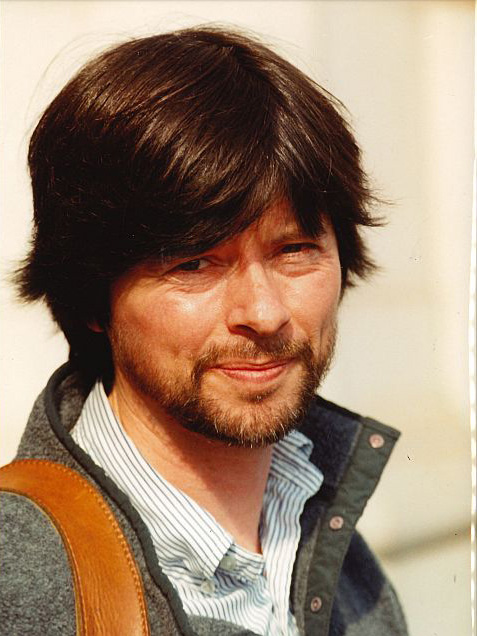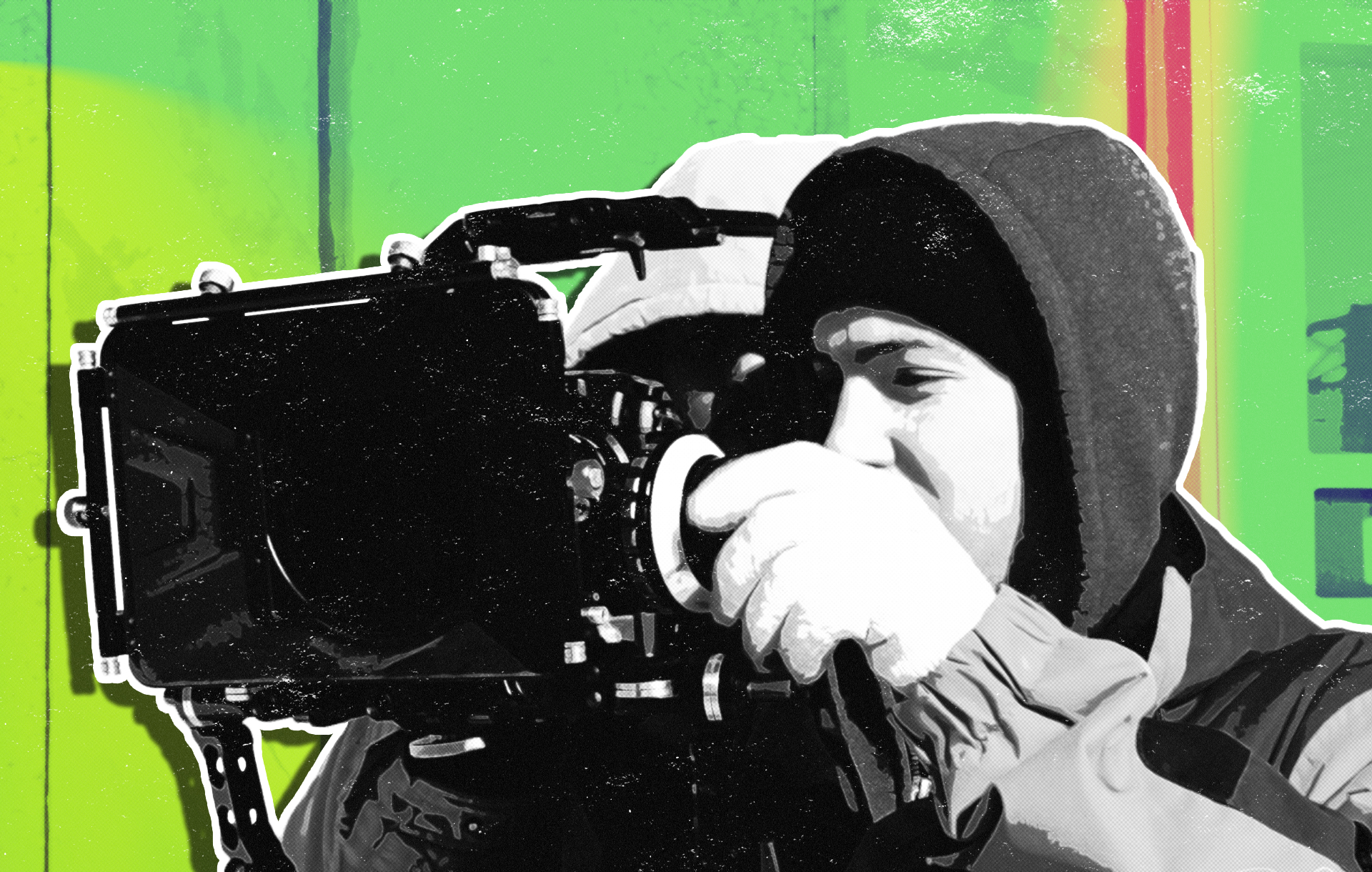Watching films has long been our go-to pastime when we want to escape from reality. However, there are times when some films become our primary resource to understand and make sense of our reality. These are known as documentaries. Documentary filmmaking is a whole new ballgame that requires a lot of patience, hard work, thorough research, and adapting to uncontrollable circumstances. Let’s take a look at how documentaries are used to spark conversations about important social issues and how it aids in making a positive impact on the world.
The Building Blocks of Documentaries
A documentary is a non-fiction film that captures factual events, issues, people, and the world we live in. Its primary purpose is to inform, educate, persuade, raise awareness, and give its viewers a raw and in-depth understanding of certain topics and issues happening on a national and global level. The distinctive characteristics that separate it from narrative films are the use of non-actors, actual locations, interview methods, filmmaking techniques, and heavy research. The most common documentaries we see revolve around politics, environment, history, true crime, and prominent people across all industries.
These are some of the most important elements that an effective documentary should include:
Subject Matter
First, the heart of every documentary is its subject matter. Since documentaries feature real people and issues, it is important to focus on capturing interesting topics that are significant as well as have a powerful impact on your target audience. It’s also worth noting that carefully choosing the protagonists to interview is crucial and vital because they will serve as the primary source of information. It goes without saying that they must be knowledgeable and credible about the topic in order to establish facts and gain the trust of the audience. Filmmakers who conduct the interviews should also do their own research about the interviewees’ background and topic at hand so they can ask the right questions and get the most out of the discussion.
“…stories of real people put a human face on global issues that might otherwise seem distant or unrelatable. Hearing and seeing these real experiences through the dedicated work of documentary filmmakers helps us put ourselves in the shoes of others, building bridges of empathy in a world that desperately needs our engagement and compassion,” via one.org.
Structure

Second, having a tight structure will help you create an engaging and compelling story that will not only give the audience a cathartic experience but also make them care about it. While documentaries may not always follow the typical 3-act structure we see in narrative films, it shares an important element that makes the story exceptional – conflict. This element raises the stakes, tension, and urgency of the story, which importantly hooks the audience throughout the experience. A compelling story should keep the audience on the edge of their seats, spark their curiosity, and make them want to know how the characters overcame challenges or achieved their goals in the end.
Filmmaking Techniques
Third, what separates documentaries from narrative films is the filmmaking techniques used. Most of the time, documentaries have a visual style that incorporates shaky and raw camera movements, archival and live location footage, long still shots, voiceovers, and montages. Usually, narrative films are shot in controlled environments such as a production set with hundreds of crew members who are ready to support. However, documentaries are filmed in natural environments with minimal equipment and usually a 3-man film crew. This is essential because it allows for quicker set-ups, transitions, and is less intimidating and intruding to the protagonists who are not comfortable being in front of the camera.
These are just some of the basic but important foundational elements of documentaries. Some of the most common types or genres of documentaries include poetic, expository, participatory, observational, reflexive, and performative.
Making an Impact
Streaming giants such as Netflix and Amazon have revolutionized documentaries and made them more accessible to the public. Nowadays, there are no shortages of documentaries that tackle various subject matters across all industries. Studios continuously invest in documentaries because of their undeniable power to convey important messages and make an impact on society. It provides access to vital information or knowledge that constantly challenges our critical thinking and beliefs as well as influences our behavior to take action and be part of the change.
“They remind us of the real people on the opposite side of an issue, the complexity and nuances of the different conditions in which we live, and the importance of honest and earnest discussions.”
Social impact films are exponentially growing and taking center stage in the entertainment industry, which goes to show that audiences are craving stories that are not just imaginative and entertaining, but could also positively influence their lives. Notable documentaries that sparked social change include The Thin Blue Line (1988), Super Size Me (2004), An Inconvenient Truth (2006), Blackfish (2013), Making a Murderer (2015), and The Social Dilemma (2020) to name a few. These stories have provoked dialogue and inspired people to have a more proactive role in society by using their voices to reform corrupt systems and practices as well as to start protecting their well-being and the environment for the benefit of future generations.
While documentaries aren’t always money-making machines, they are rich in power and influence when it comes to exposing and making us understand the realities that we are oftentimes blind to. In the age of social media and fake news, documentaries serve as a great resource to give us factual and in-depth knowledge on important topics that are presented in an entertaining and easily digestible manner. Documentary filmmakers have courageously put their lives on the line time and again to deliver us the truth, help bring justice, and hold perpetrators accountable in hopes of making us more cognizant and compassionate about other people, social issues, and the world we live in.



